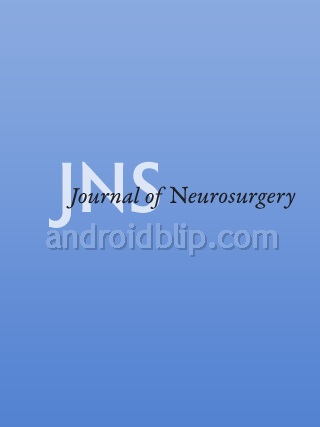
Percutaneous transforaminal endoscopic versus microendoscopic discectomy for lumbar disc herniation

Percutaneous transforaminal endoscopic versus microendoscopic discectomy for lumbar disc herniation
Percutaneous transforaminal endoscopic discectomy compared with microendoscopic discectomy for lumbar disc herniation: 1-year results of an ongoing randomized controlled trial
J Neurosurg Spine. 2018 Mar;28(3):300-310Did you know you're eligible to earn 0.5 CME credits for reading this report? Click Here
Synopsis
153 patients with lumbar disc herniation were randomized to surgery through either percutaneous transforaminal endoscopic discectomy or microendoscopic discectomy. Patients were assessed for outcomes related to disability, back pain, leg pain, quality of life, the incidence of complications, and the incidence of reoperation between 1 week and 1-year follow-up. Additionally, perioperative outcomes ...
To view the full content, login to your account,
or start your 30-day FREE Trial today.
FREE TRIAL
LOGIN
Forgot Password?
Explore some of our unlocked ACE Reports below!

Learn about our AI Driven
High Impact Search Feature
Our AI driven High Impact metric calculates the impact an article will have by considering both the publishing journal and the content of the article itself. Built using the latest advances in natural language processing, OE High Impact predicts an article’s future number of citations better than impact factor alone.
Continue



 LOGIN
LOGIN

Join the Conversation
Please Login or Join to leave comments.